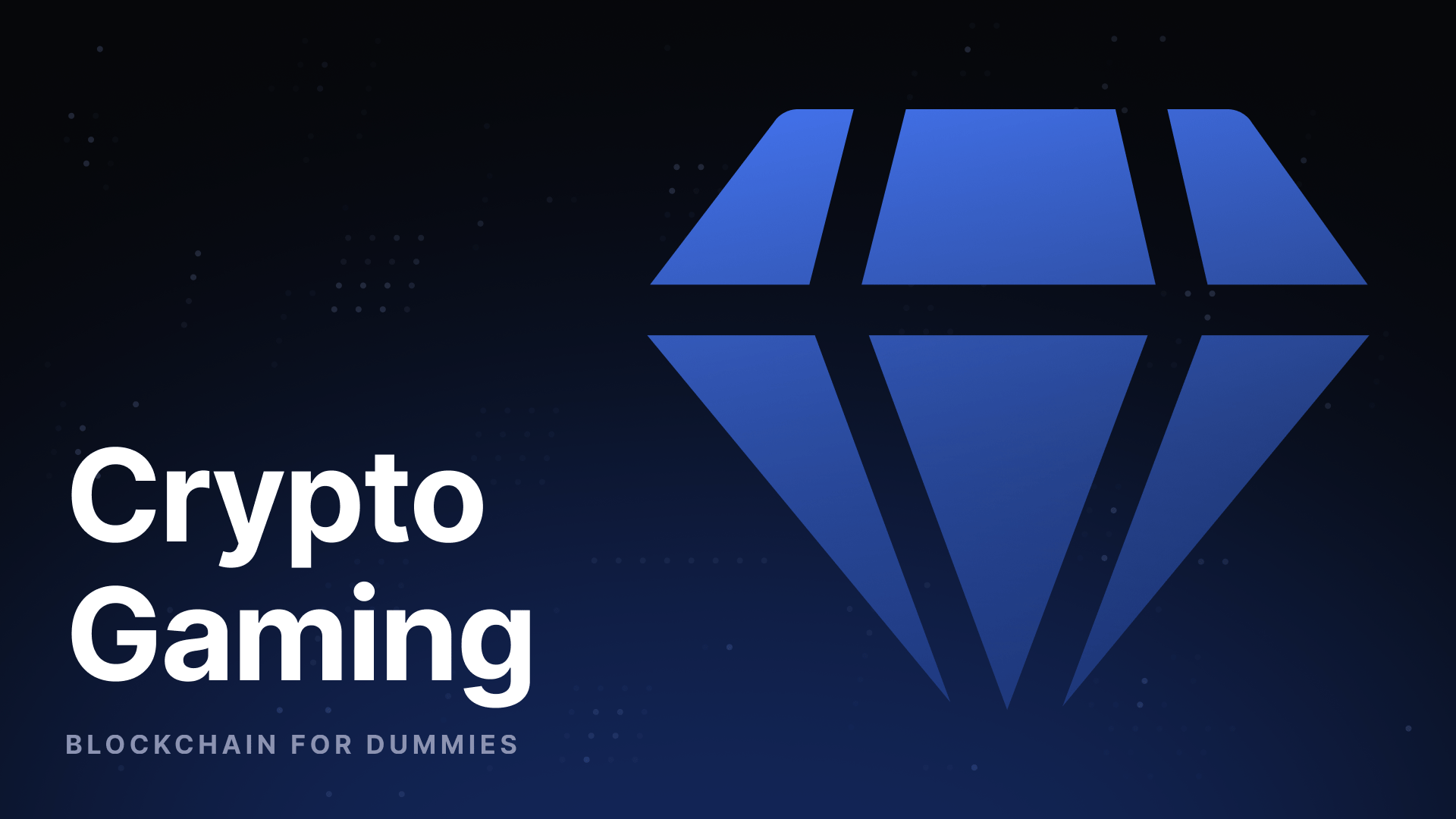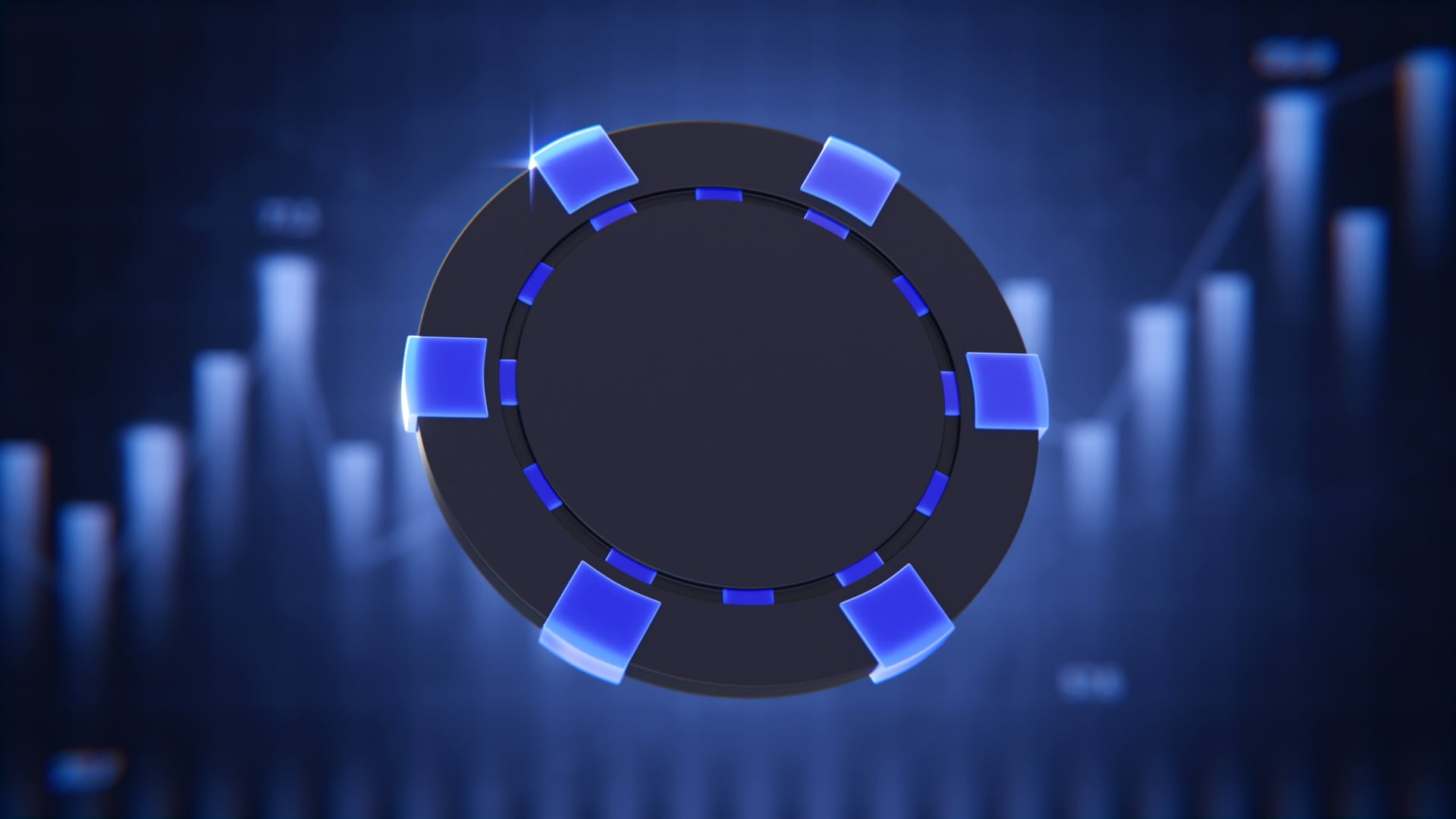A cornerstone of blockchain technology is the principle of ownership, granting individuals ultimate authority over their digital assets. For dummies seeking clarity, there’s no clearer manifestation of this concept than crypto gaming—a realm where users freely buy, sell, and trade virtual items. But what is crypto gaming?

At its core, this innovation merges decentralized finance with interactive entertainment, enabling players to earn tangible rewards through gameplay. Yet critical questions linger: How does the crypto gaming economy actually function? Is it a sustainable ecosystem, or does it risk collapsing like a house of cards, mirroring the fate of ill-fated Ponzi schemes? This article unpacks the mechanics of GameFi, explores its viability, and provides a roadmap for newcomers ready to dive into this digital frontier.
What is Crypto Gaming? A Beginner’s Definition
First, what is a crypto game? Crypto games involve video games built on blockchain technology that enables players to own in-game assets, earn cryptocurrency rewards, and trade digital items on decentralized markets.
To better understand crypto games, think of your average video game but imagine it was built on blockchain. Instead of signing into the game, you connect a blockchain wallet that contains your in-game character skins, weapons, upgrades, vehicles and many more.
Going by the definition above here are the key differences between crypto gaming and traditional games:
- Decentralization and Control: Like with its foundational technology, blockchain games do not have a central authority. A smart contract controls everything, from ensuring conformity amongst players to distributing rewards.
- Digital Asset Ownership: Unlike traditional games, blockchain gaming offers players the opportunity to own in-game assets. These digital items are stored in a blockchain wallet as NFTs and can be connected to the game.
- Earning Potential: The most appealing benefit of blockchain gaming – rewards and incentives. Players earn cryptocurrencies as rewards for playing games. Users can trade these incentives on decentralized marketplaces. Besides gameplay rewards, people can also sell skins, weapons, and other in-game assets.
How Does Crypto Gaming Work?
With video games, development companies literally run the show and decide how things will work. Blockchain games, on the other hand, utilize a more decentralized approach. Without a doubt, there’s an outfit writing the programs that games will follow and all. However, they do not necessarily control what happens afterward.
In this case, how is gameplay regulated? How do crypto games reward people and put players in check? Just like blockchain technology, GameFi utilizes various on-chain mechanisms. These models determine how players will engage in gameplay and what rewards to expect.
There are two basic principles for earning in crypto games. They are as shown below:
- Play-to-Earn: Definition: P2E games are designed with earning as the primary goal, where players grind or compete to farm crypto/NFT rewards.: These games often require upfront investment like buying NFTs to start playing. In addition, they focus on monetization loops—like battling for tokens or renting out assets.
- Play and Earn: Alternatively, play and earn prioritizes gameplay experience over earning. Players enjoy the game naturally (e.g., questing, crafting), and earn assets as byproducts. Games like Illuvium and Big Time use this model. Earnings are less predictable but more sustainable, as the economy isn’t dependent on pure speculation.
Despite being a gaming industry, blockchain games have evolved beyond gaming. There are several other earning mechanisms that do not exactly involve traditional gameplay. Instead, it rewards other forms of in-game and out-of-game participation like moving, creation, etc.
That said, their models still revolve around either the play-to-earn or play-and-earn principles.
Here are some other crypto game earning models:
- Free to Play: As the name states, you are not exactly required to spend money before you can begin playing the game. This can work out in several ways. Some blockchain gaming projects use this model as an opportunity to introduce players to a free trial version of the game. Since this is a free trial, users may not earn any real rewards for their participation. Other games may allow users to withdraw their rewards only after making a financial commitment.
- Move to Earn: Players earn crypto rewards by engaging in real-world physical activity, tracked via apps or wearables. Games like STEPN (walk/run) or Dotmoovs (sports challenges) tokenize movement. Users must often purchase NFT sneakers or gear to start earning. Sustainability depends on balancing token minting with burns to avoid inflation.
- Create to Earn: Players generate value by designing, building, or contributing content to the game’s ecosystem. Examples include The Sandbox (user-made NFT assets) or Decentraland (virtual land development). Creators earn from sales, royalties, or grants. Unlike P2E, rewards come from creativity, not repetitive grinding.
- Stake to Earn: Players lock up crypto or NFTs to earn passive income, often while still playing. Games like Splinterlands let users stake tokens for daily rewards or governance power. Unlike P2E’s active grinding, S2E suits passive investors but relies heavily on tokenomics to maintain payouts.
What are the Benefits of Blockchain Gaming?
Blockchain gaming is shifting power from studios to players by introducing more user-centric measures. There have been several past incidents whereby players lose all in-game investments due to a lack of proper safety measures. More so, traditional games do not have inherent earning potential.
To earn rewards for their efforts, players have to participate in competitions or engage in livestreams. Besides the lack of proper rewards, people have to deal with a lack of transparency in gaming systems. Ever played a game and felt like the system was against you? Who knows? You may probably be right.
To proper understand what the benefits of blockchain gaming are, let’s examine a few points below:
- True Ownership of Digital Assets: Unlike traditional games where your purchased skins or weapons remain locked within the game, blockchain gaming grants full ownership through NFTs. For example, in Axie Infinity, players truly own their Axies (digital pets) and can sell them freely on marketplaces like OpenSea. Even if the game shuts down, your NFTs remain securely in your wallet, retaining value across other compatible games.
- Real Earning Potential: Blockchain games transform playtime into income streams. In STEPN, users earn crypto simply by walking or running outdoors. Similarly, Splinterlands rewards skilled players with tradable tokens and NFT cards. Some gamers in developing countries even earn a living through play-to-earn models—proving gaming can be more than just entertainment.
- Community-Driven Economies: Games like Decentraland and The Sandbox let players vote on key decisions using governance tokens. Imagine helping decide new game features or event rewards—no corporate overlords making unilateral changes. This democratic approach creates fairer, player-first ecosystems where communities thrive together.
- Transparency & Security: Blockchain’s public ledger ensures every transaction is verifiable. When you earn a rare NFT in Gods Unchained, the smart contract publicly confirms your ownership—no hidden drop rates or shady mechanics. This builds trust missing in traditional gaming’s loot box systems.
- Interoperability: Your assets work across multiple worlds. A sword earned in Illuvium could someday be used in another RPG. Projects like Yuga Labs’ “Otherside” are pushing this vision, where NFTs from different games interact in shared metaverses—making your digital identity portable and valuable beyond a single game.
What are Crypto Gaming’s Current Challenges?
Blockchain gaming offers exciting opportunities, but it’s not without hurdles. Many players face steep learning curves just to get started—setting up wallets, managing gas fees, and understanding NFTs can feel overwhelming. Even after jumping in, the volatility of in-game tokens can turn profits into losses overnight.
Beyond financial risks, there’s a gap between hype and reality. Some games promise big earnings but deliver shallow gameplay. Others struggle with bot infestations or Ponzi-like economies. Let’s break down the biggest challenges holding crypto gaming back—and how they might be solved.
- Technical Requirements: It is almost impossible to delve into crypto gaming without a substantial understanding of blockchain technology. From setting up a noncustodial NFT wallet to working your way around gas fees and networks. The whole experience can be overwhelming for someone who just wants to play games.
- Security Risks: If you are not careful (or most likely do not properly understand blockchain), you expose yourself to significant risks. This ranges from paying for NFTs to the wrong wallet address or entering your Metamask login details to a cloned website.
- Entry Cost: NFTs of play-to-earn games cost ridiculous amounts of money. Prices for skins, weapons, upgrades, etc can cost well over $500-$1000. Acquiring in-game items can be even more expensive when you kiss the initial sale and have to get them from third-party marketplaces.
- Game Quality: This is where the blockchain gaming industry significantly lags behind traditional gaming. There is a significant focus on earning, and everyone seems to forget about playing. Without mincing words, the gameplay of some GameFi projects is terrible.
- Volatile Market: Should you decide to focus on earning and ignore the amateurish gameplay experience, there are no assurances that your investment will pay off. The DeFi market is volatile and unpredictable, meaning that cryptocurrencies and NFTs can lose prices instantly.
Top Crypto Games to Try Today
Are you looking to start playing crypto games, here are some options you should consider:
- Axie Infinity: The original play-to-earn phenomenon where players breed, battle and trade NFT creatures called Axies.
- Illuvium: A visually stunning open-world RPG where players capture and fuse NFT creatures called Illuvials.
- Decentraland: A fully decentralized virtual world where users can buy, sell and develop virtual land parcels.
- Nakamoto Games: A diverse gaming platform offering 50+ arcade-style play-to-earn games under one ecosystem.
- The Sandbox Game: A creative metaverse where players build and monetize voxel-based experiences and assets.
- STEPN: A move-to-earn fitness app that rewards users with crypto for walking/running with NFT sneakers.
- Gods Unchained: A free-to-play trading card game where players truly own their NFT cards.
- Splinterlands: A fast-paced digital card battler with matches that last under 3 minutes.
- Big Time: An action RPG featuring time-travel adventures and lootable NFT weapons/armor.
- Alien Worlds: A space exploration game combining NFT mining with planetary DAO governance.
As shown above, the crypto gaming sector is significantly diverse, and each game have their unique value propositions. Options like Axie Infinity and Illuvium prioritize gaming experiences. On the other hand, Decentraland and The Sandbox Game focus primarily on virtual experiences in the metaverse.
What Do You Need to Get Started With Crypto Gaming
Regardless of the crypto game you choose, here is a brief step-by-step guide on how to get started:
- Select the game you want to play
- Learn the gameplay, in-game mechanics, etc
- Purchase in-game characters, skins, weapons, and other digital items
- Store the digital items in a blockchain wallet that is compatible with the game
- Connect your wallet to the game and start playing.
Hold on, do not rush to start playing crypto games without taking these measures;
- Improve your knowledge and understanding of blockchain technology.
- Learn how to add networks to a noncustodial wallet
- Do not click on sponsored links when trying to access your blockchain wallet.
- Always double-check the URL before entering your login details
- Start with games that have free or low-cost entry.
- Read the project’s whitepaper and understand the earning model.
- Finally, consider your interest before choosing any game. Everything is not about money.
Before choosing a game to play, examine your traditional gaming preference. If you like multiplier role-playing games like GTA, The Sandbox Game and Decentraland will be more preferable. If, on the other and, you prefer action games like God of War or Call of Duty, Alien Worlds and options from Nakamoto Games will suit you better.


